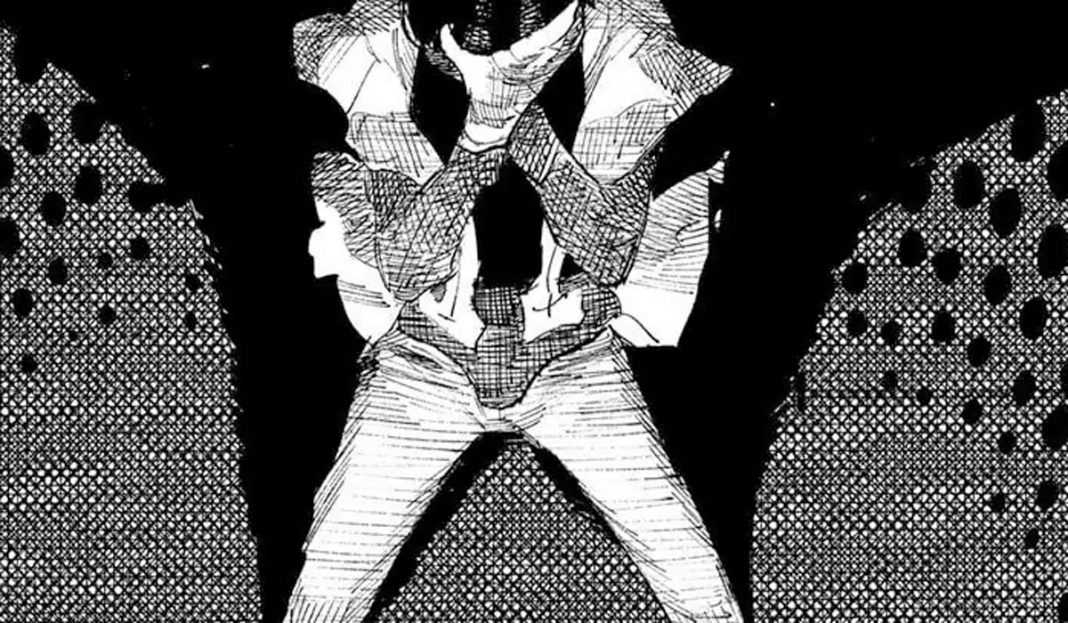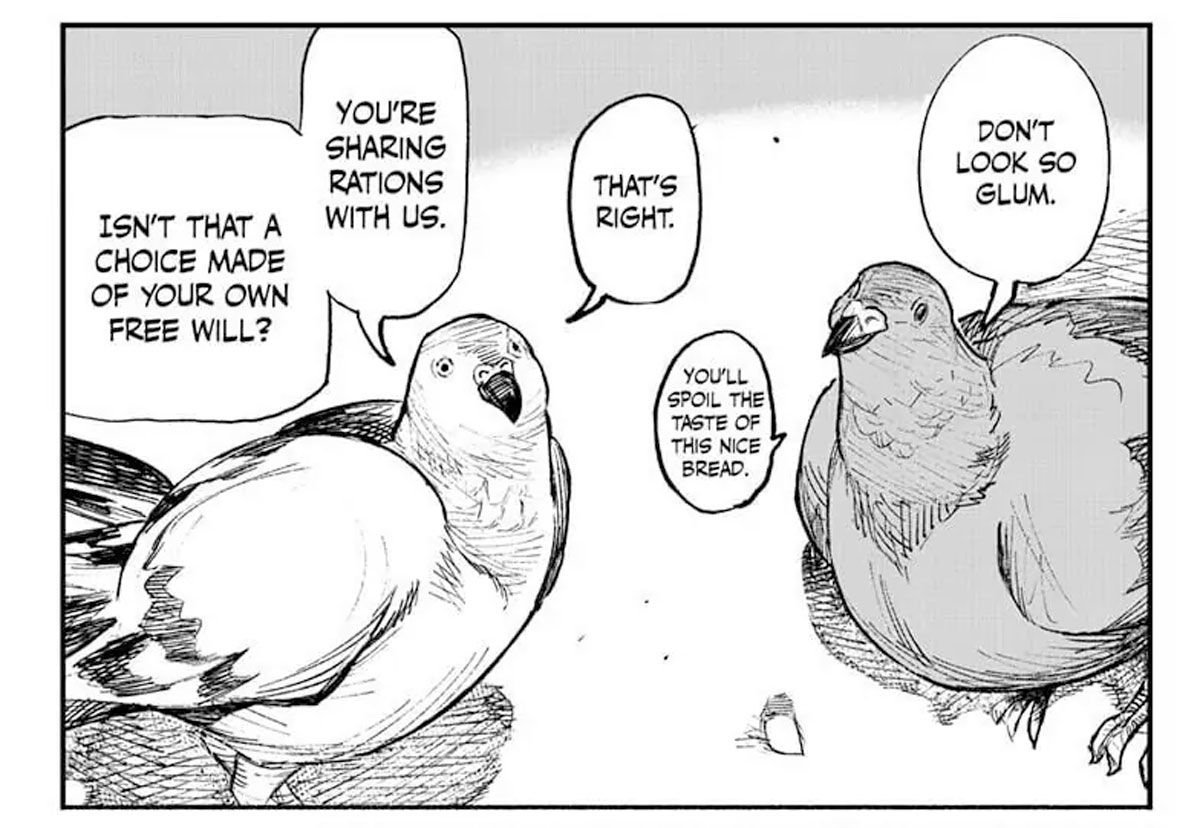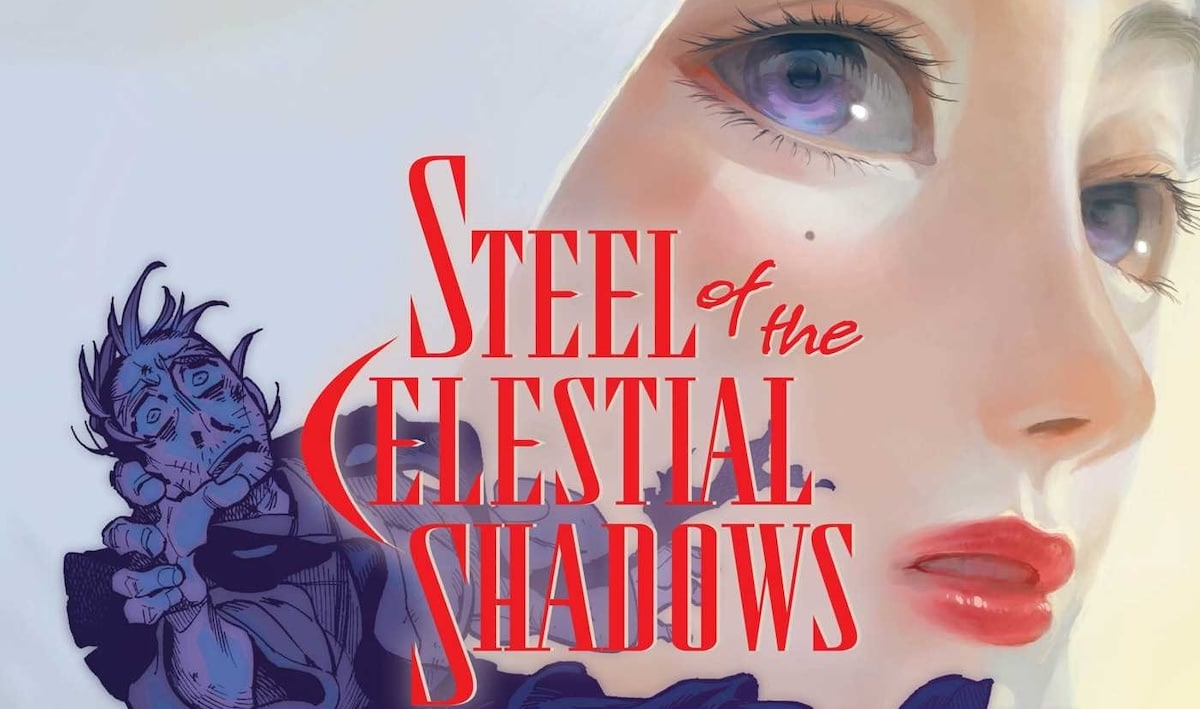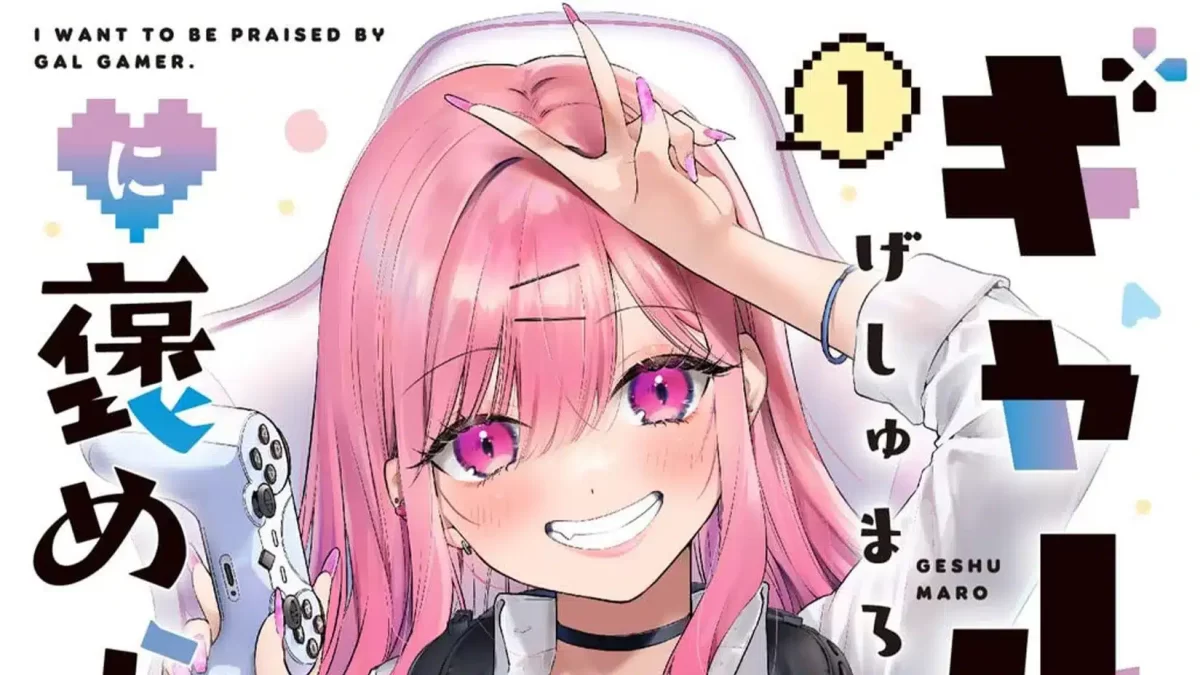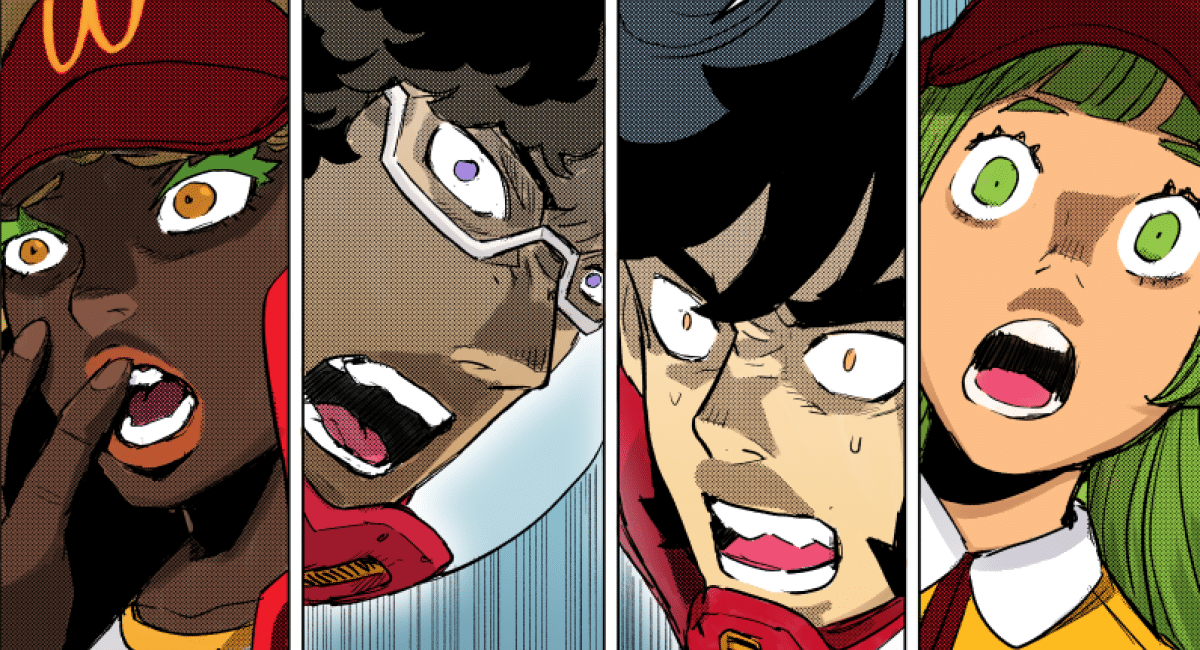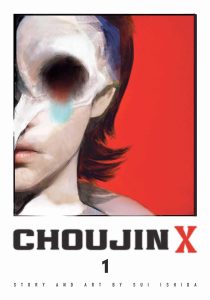
Written and illustrated by Sui Ishida.
Translated by Jan Mitsuko Cash.
Lettered by Evan Waldinger.
Published by Viz Media.
What sold me on this book was things taking a hard turn into the unexpectedly insensate. The premise of Choujin X was interesting enough, teenage best friends who are made to fight demons decide to become demons themselves. In Sui Ishida’s new manga series, a breakthrough in evil choujin technology makes body-morphing superpowers injectable. I thought I was reading a somewhat rote lovers’ conflict when, with fingers curled around the syringe, Ishida drops the main story altogether and has a bicycle race.
When I say hard turn, I mean like driving an automobile through the side of a house. Early on in Gintama, when the alien girl gets robbed and steals a police car to try to run over the thief. She drives it through a couple apartments, through a guard rail, and into a river. Choujin X’s chase sequence started out on, of all things, razor scooters? But once the farm girl finds a tractor and the choujin in pursuit of her teams up with a biker gang of sheep-headed cryptids, the Hideaki Sorachi zaniness began to take on a Taiyō Matsumoto flavor.
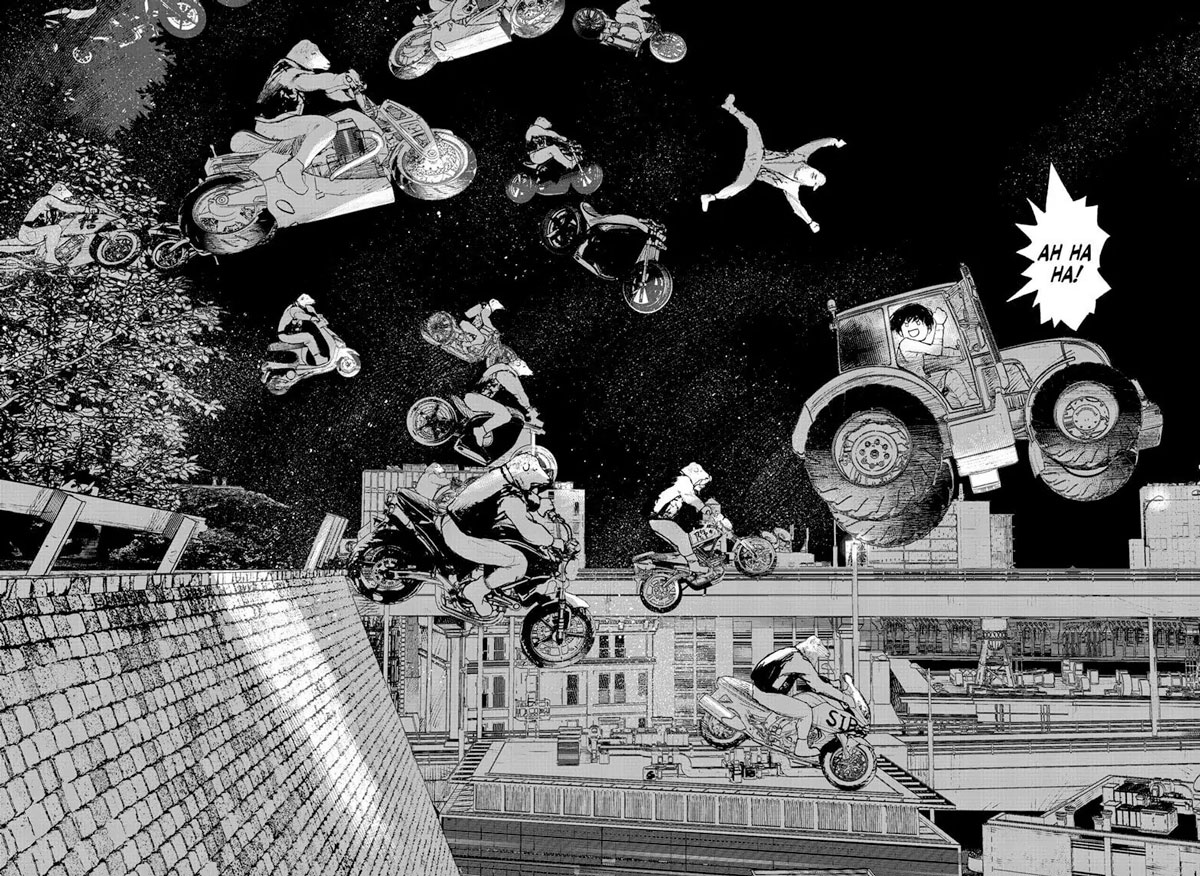
The vibe is Tank Girl, actually. Ishida has a wildly diverging but still distinctly honed style. The story is mostly genre comics concerns: chases and fights and sweaty horniness. It would be cliche and maybe even boring to visit these places if the person holding the pen wasn’t going overboard on absurdity in unpredictable, sporadic bursts. Someone who knows what they’re doing with genre tropes, likes them, wants to twist them, and does. Speculative fiction sent into absolute overdrive. The farm girl madness that drives her off that cliff becomes visually present as a vibratory shaking that mirrors TG Hewlett overworked line art.
The gore is whimsically stylized while simultaneously very realistic. Delicately rendered burning faces. Comically stylized head explosions. Lots of head explodey. Choujin X employs the Sam Raimi method of wedding horror and humor with glee and speed. One of the boys ends up spending the bulk of the book looking like an unappetizing chicken wing. Burned and goopy but also wrapped up in a trainer jacket, an emo kid slightly charred goose drumstick. The disgusting state of the bird boy, the horror of people on fire, none of it is underplayed. But, as Ishida flings it all over the place trying to figure out what kind of story is the most fun to tell, the truly unnerving (and deeply hilarious) moments are actually when totally normal looking, borderline photorealistic animal parts intrude into the story, superimposed where they do not belong.
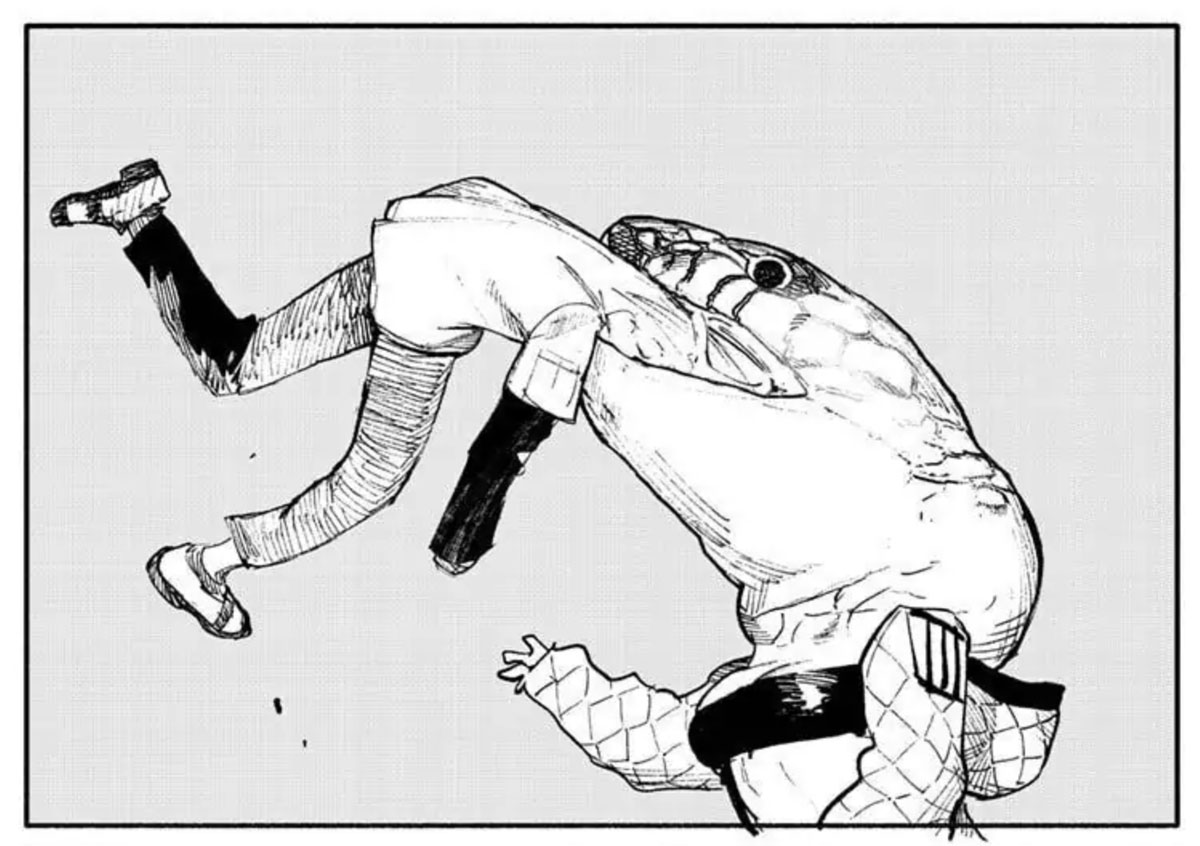
Choujin X is generally familiar. Apocalypse dudes. Friends until the end come to that end at a shockingly inopportune time, or do they? The first real problem and a warm heart turns to ice. Thematically, Ishida is riffing in his own wheelhouse. The conflict between being wanted to be seen and desired and having to hide one’s monster status from the world. The two big action sequences that got my attention were both chases, the characters run from trouble instead of pursuing it. Secret monster heroes, we’ve been here before.
Another parallel that struck me once Ishida got a little more into the lore was Slan. AE van Vogt’s 1940 science fiction novel is perhaps best known as a source of inspiration for the X-Men. Choujin X taps into the Jewish representation aspect of Slan that is more antisemitic conspiracy theory rhetoric than empathetic eregore. We start with fear of the unknown other- anyone could be a slan/mutant/choujin, you can’t tell just by looking at them. One in one thousand has the gene. Stupendous and dangerous alien powers no human can defend themselves from! But… pretty much every prominent figure in history? A choujin. That’s what freaks me out about the Slan mythotype. They’re a group that have to hide who they are from society or face persecution. But also they secretly infiltrated all cultures around the globe and rose to universal prominence.
Will Choujin X keep going that way, or will choujin remain the weird superhero (and villain) outliers we’ve seen so far? There were several points where it’s the opposite of problematic. Ishida’s storytelling is transgressive, campy, Choujin X often feels like a superhero comic written by John Waters. I was expecting the best friends to kiss. But there are cold shoulders, magic transformations, and drumstick ends up kissing this lady who turns into a snake head and eats him instead. I really liked the lady who turns into a snake or many snakes or part snakes and part lady. Up there with the sheep-heads biker gang.
You get the drift. It isn’t what Ishida’s doing, it’s how he’s doing it. Kids who have stumbled into a secret world of costumes, abilities, good battling evil. A bit like Ed Brubaker and Sean Phillips’ comics where the secret identity involves a job working in an office. Kind of a Hellboy thing too? There are too many genres to count in Choujin X. While I didn’t find myself responding much to the story (until it rode off the rails into surrealist dada just for the fun of it, that shit is tops), how jazzed Ishida was to be creating it had an infectious enough buzz to carry me with him.
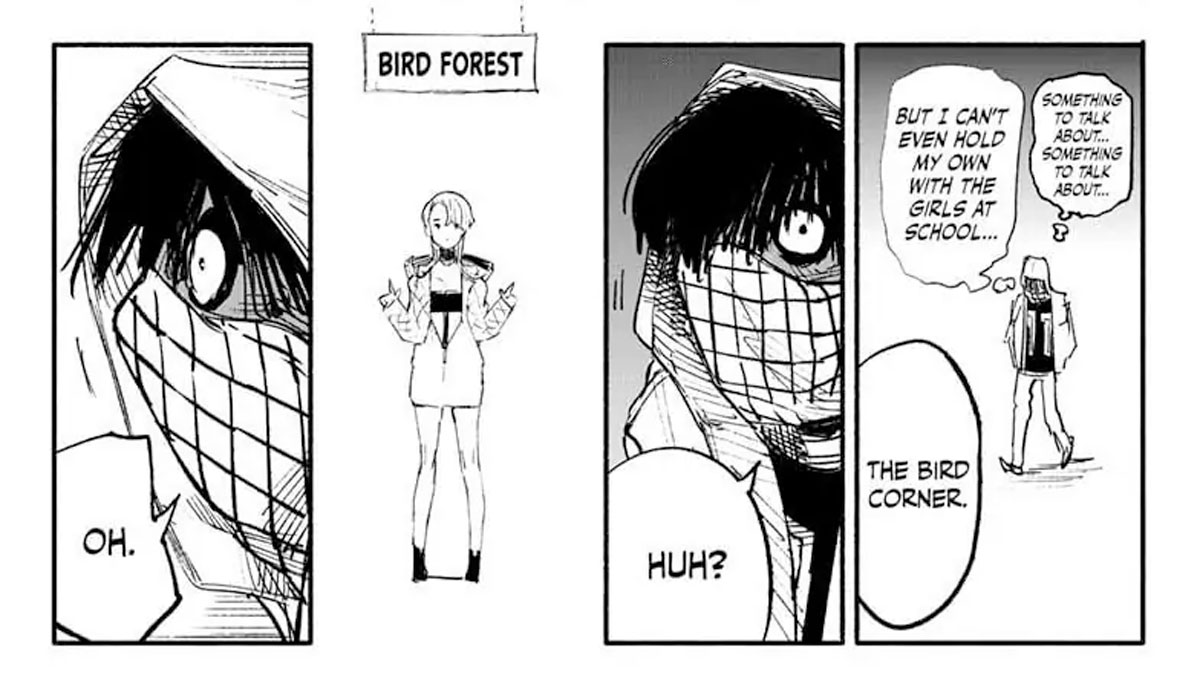
The first volume of Choujin X is currently available from Viz Media and wherever fine comics, manga or books are sold.


